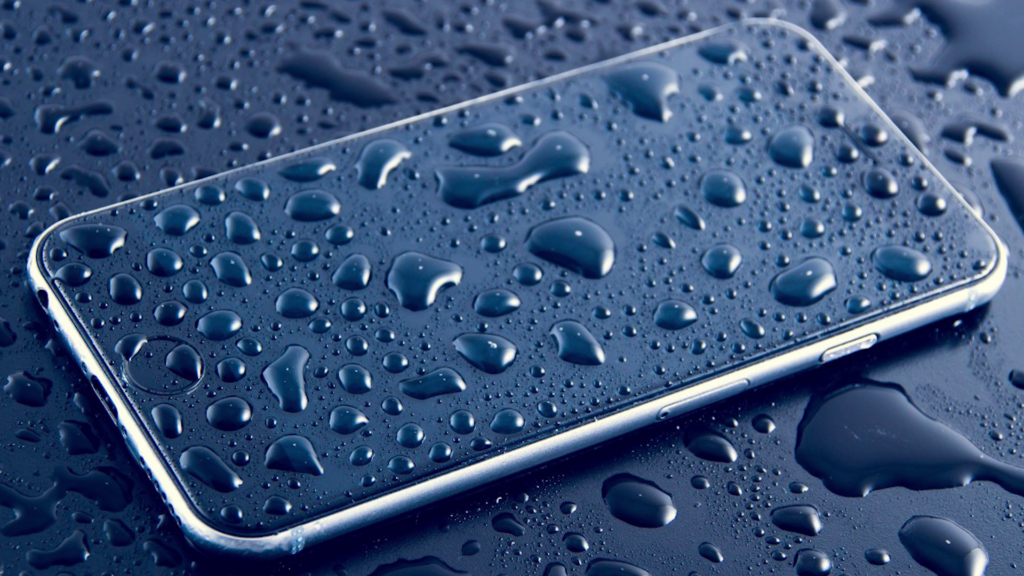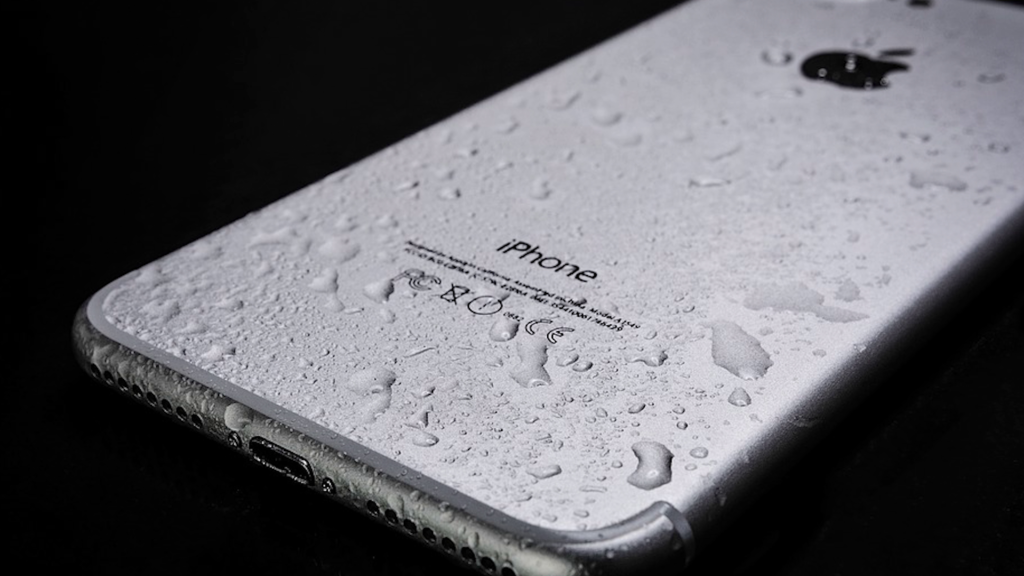You probably have heard about the terms “waterproof” or “water-resistant” on some expensive electronic gadgets like Android Phones, iPhones, smartwatches, fitness tracker, etc. But do you know what do these terminologies actually mean & how do these work for the gadgets? And most importantly, what is the actual difference between water-resistant and waterproof? If you don’t, read the full article where I have explained the facts behind what these really mean and how they work.
Waterproof Vs Water-Resistant Vs Water-Repellent
Now the actual fact is, waterproof is not water-resistant and vice versa. The two terms are actually very different from each other. Basically, they are the levels of how a product is invulnerable to water. Water-resistant is the worst one of them whereas waterproof is the best one. Between these two levels, another one sits there silently which is water-repellent but very few cares about it as most of the cases, we are habituated with waterproof and water-resistant but not water-repellent. If you imagine them as different walls that protect a product from the water, water-resistant is the weakest of the three whereas water-repellent is neither strongest nor weakest and of course waterproof is the strongest wall of them all.

Water-resistant
This is indeed the lowest level of how a product can save and endure itself from water. A product i.e. water-resistant typically means water definitely gets into the devices but it cannot penetrate the devices up to some extent, not entirely though. Most of the electronic devices are water-resistant and the level of their water-resistance is measured in IP (Ingress Protection) Rating and ATM (Atmospheric Pressure) Rating. In Android devices, iPhones and other smartphones, the IP rating define their resistance of water. In smart watches & fitness trackers and other wearable gadgets, there is an ATM rating that makes definitions of how water-resistant the device would be.

Water-repellent
Water-repellent is just an upgraded level of water-resistant. A product i.e. water-repellent not only endure the penetration of water mostly but also repels the water which is why it is called water-repellent. Many companies claim their electronic products as water-repellent, though there are still many doubts about it as most of the products are claimed to be water-repellent but work like a water-resistant. If you plan to purchase any costly electronic product, you may see that product claims to be water-repellent, though there are ATM Rating that define how much an electronic device can handle the water submersion.
Waterproof
This is the highest level of a device’s protection from water. Water never gets into the devices and waterproof devices are entirely invulnerable to water. That’s why very few electronic devices are waterproof and no manufacturer cannot claim their gadgets as fully waterproof till now because it may be very risky to confidently claim it. Waterproof means the device gets no harm from water in any situation until it expires or breaks or any type of mechanical problem happens. Therefore, companies do not claim it that way.

What Makes a Device Waterproof or Water-Resistant?
We at least know this simple fact that international protection is just a rating but the query is what technology is used to make the smartphones protected? The answer is Rubber Gaskets. These rubber gaskets are used to protect the phones from any types of harms from water as well as dust. You can notice rubber gaskets are used on the SIM tray of your android device. If you wide open your phone physically, you can also notice a rubber gasket used in the micro USB port. If you tell about speakers of your device, then yes, there are also used these types of materials. Rubber gaskets also are used inside the button of the smartphones & even when any smartphone is sealed, these rubber gaskets or any thick glue is used to protect the phone from water.

Therefore, you can see that in this way every important part of the devices are sealed with the rubber gaskets or these types of materials to protect from any type of water or physical damage & to make the gadgets water-resistant as well as dust-tight.
Keep Your Smartphones Totally Safe from Water
You already have known about water-resistance. Now from my concern, some safety points for keep your Smartphones safe within and without water are as follows –
- For any kind of reason, if you submerge your phone into the water then at that time don’t press any buttons. Why? Because, if you press, the rubber gasket within it may go off and the water may enter your device to damage it.

- The IP rating for smartphones is only for Normal water resistance, not for seawater or any other liquids like soft drinks and something else. So, it is safe to use your phone in normal water. Don’t go for selfies in seawater, it may be fashionable but the salt in the sea or ocean can damage your phone. So, don’t use it in sea or water something like that.

- As I said in the last point that liquid ingress in IP rating does not mean any types of liquids. Only normal water is suggested. So, if your phone sinks into other liquids then it may damage your phone as it can’t endure.
I hope, you have known all the needed information “Difference between Water-resistant and Waterproof”. If any question still remains in your mind, don’t hesitate to comment in the down below.

